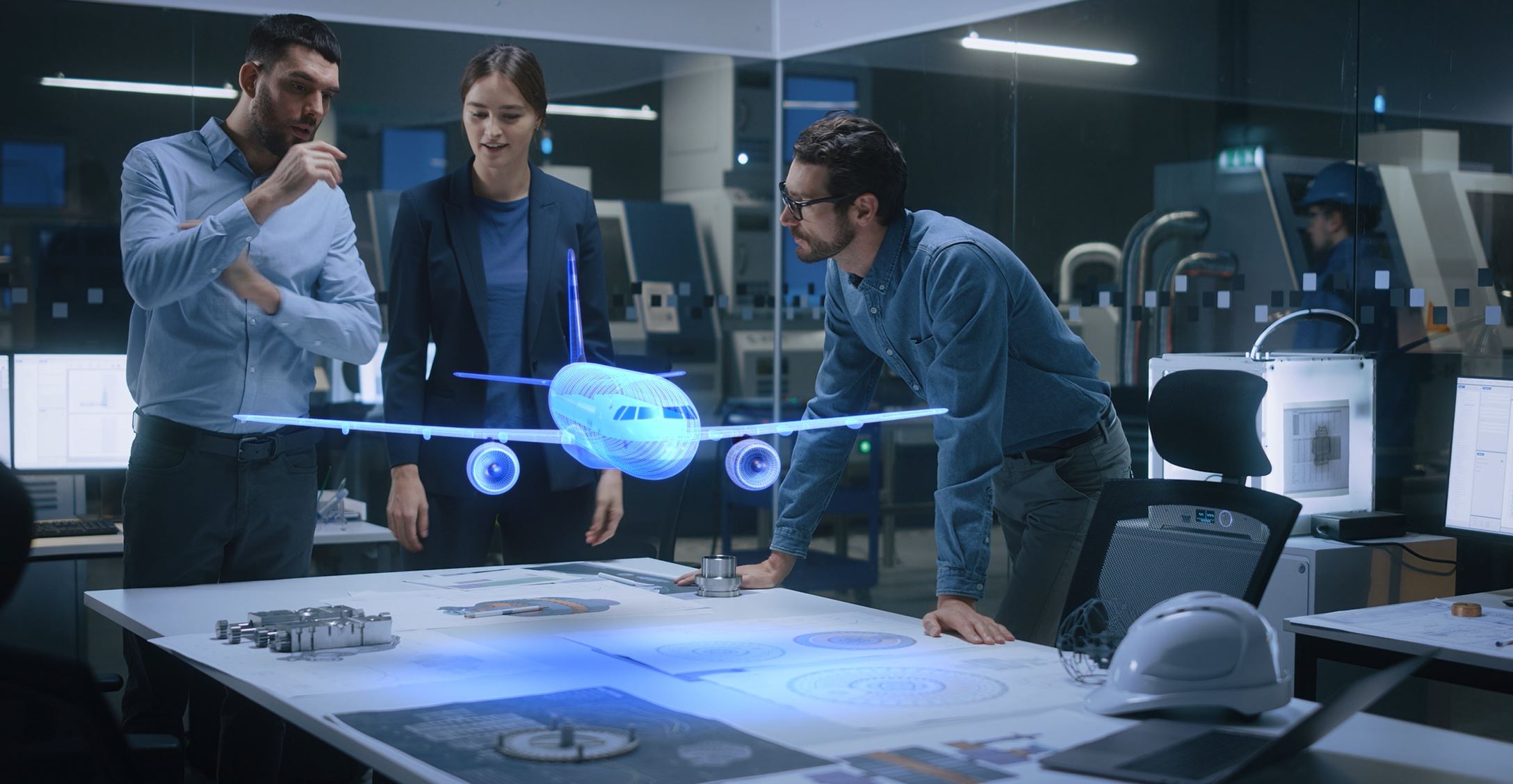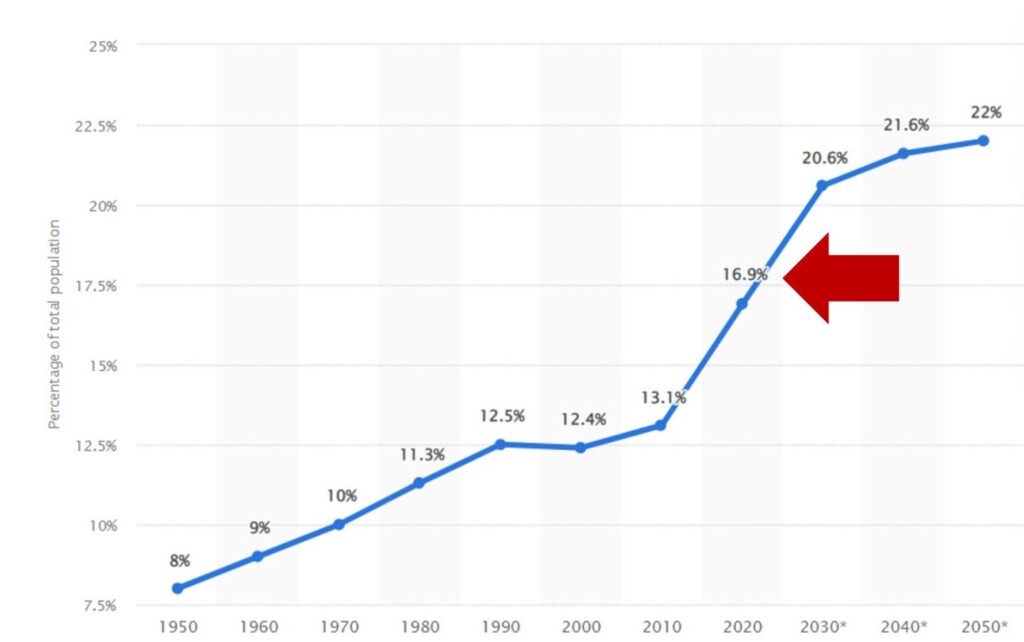3 ways to defeat the aerospace industry demographic shift

No industry is immune to the rapidly changing landscape of the contemporary workplace, and aerospace industry demographics are no exception. One of the big concerns brought up at the Siemens Aerospace and Defense Customer Technical Forum included the adoption of new processes and procedures.
Roadblocks such as the divide between older and younger employees, intrenched methodologies (old technology and old equipment), and finding the time to learn and troubleshoot new approaches while continuing to tackle the day-to-day job duties were faced by teams at all levels.
Siemens Aerospace and Defense Customer Technical Forum
As the pool of experienced talent continues to shrink due to numerous reasons, what can be done to stanch the flow of talent out the door? Alternatively, what technological changes need to be made to keep the pace of desired productivity? Finally, what can be done to lure and keep new hardworking talent?
What does the aerospace industry’s demographics look like today?
The percentage of the population of the USA over 65 years old continues to grow as Baby Boomers age. Currently the percentage is at 17% (fig. 1), with an anticipated rise to 22%, or nearly a quarter of the population, by 2050. As more and more people reach the age of retirement, long-time employees with a wealth of institutional knowledge and history are disappearing from the workforce.

Millennials, or those workers born between 1981 and 1996, recently surpassed Baby Boomers as the largest generation group in the U.S. As of 2021, they make up an estimated population of 72 million people who will continue to be a major part of the population for many years.
The younger generation of workers, Generation Z, already makes up around 21 percent of the U.S. population. This group, the oldest of which are turning 24 this year, are some of the most tech-savvy consumers, having grown up with the internet and smart devices as part of their everyday lives. They are also seen as the most racially and ethnically diverse of all the generation groups.
These changes to workforce demographics must be addressed, especially for the aerospace industry. As a reliance on software and electronics to meet safety, features and compliance targets continues to grow, aircrafts are becoming more complex. Companies must compete against other industries for the best workers. With the loss of experienced people, productivity, efficiency and profitability are all at risk.
What can be done?
To battle this challenge head-on, leaders are asked to focus on making those who remain more productive. There is no silver bullet, but a combination of technological and workplace cultural changes can certainly go a long way towards reaching the goal. This may include investing in technologies which make manual tasks more automated, easier, and less error prone.
Another solution can be to institutionally capture an employee’s lifetime of knowledge in a way that lets new workers learn from it with a hands-on approach. This requires a shift in thinking and a step away from more linear career paths and talent development of the past. Bold leaders will look at ways to share knowledge between the generations of workers in a way that benefits both. This transformation can include opportunities to learn at work and ways to impart knowledge through a nurturing work environment.
Finally, work to find ways to extend the duration of a person’s contribution. Fresh thinking can inspire those who have years of experience to stay on to face new challenges. Decision makers can help by supporting those who want to change paths or take on new roles. By understanding the makeup of the current workforce, and the changes still yet to come, the industry must work to alleviate some of the instability in order to ensure a successful future in an ever-changing world.
Learn more about Siemens’ solutions for Aerospace and Defense, here.


